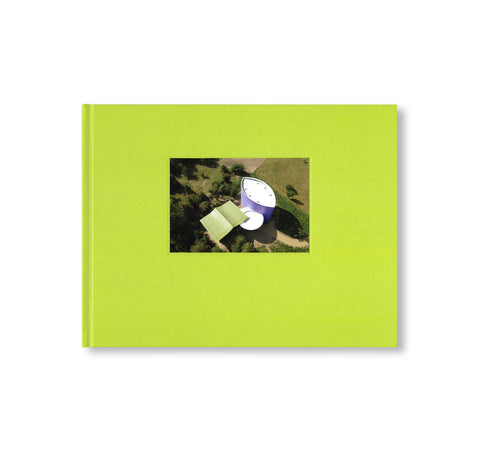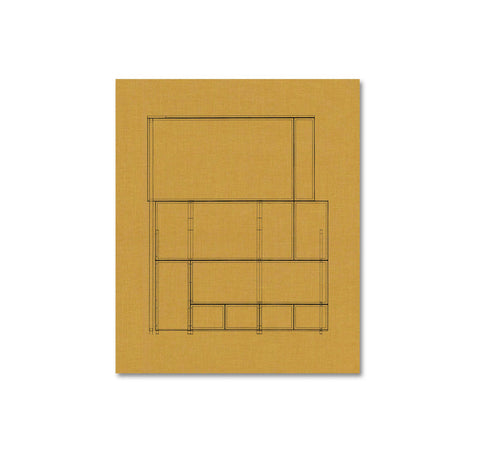COLLECTED WORKS: VOLUME 2 2000–2012 by Caruso St John
アダム・カルソ(Adam Caruso)とピーター・セント・ジョン(Peter St John)によって設立されたロンドンを拠点とする建築事務所、カルソ・セント・ジョン(Caruso St John)の作品集。最も高い評価と影響力を持つ建築設計事務所の15年間を網羅した第1巻に続き、本第2巻では、21世紀に突入して以降におけるこの著名な建築事務所の12年間にわたる活動を通じて、錯綜する一連のテーマをたどる。本書において、歴史に対する彼らのユニークなアプローチの本質は、絶えず新規なものを生み出し続けられるという神話の否定、現在として過去を理解することへの賛同、現存するものを活かすことへの関心であることが明らかにされている。
都市の理解に対するミラノ、シカゴ、ローマの影響に加え、同事務所の活動の発展的な軌跡の形成における装飾品の使用とスイスの位置づけについても深く掘り下げられている。これらの文脈を通じて、彼らと空間の物質性やドラマとの関係を形成し続けているのが、トーマス・デマンド(Thomas Demand)やダミアン・ハースト(Damien Hirst)といった現代アーティストとのコラボレーションである。
本書は「テート・ブリテン(Tate Britain)」や「バービカン・センター(Barbican Centre)」などの歴史的建造物を扱った仕事から、ハーストが自分の収集したアート・コレクションを展示するために開設した「ニューポート・ストリート・ギャラリー(Newport Street Gallery)」、チューリッヒの複合ビル「Europaallee(オイロパアレー)」などの新しいプロジェクトまで、最も有名なプロジェクト群を網羅している。さらに、展覧会のデザイン、コンペの応募作品、あまり公に知られていないプロジェクトなどが紹介されているほか、未公開のドローイング、参考文献、新たな解説など、これまでになく幅広い資料が掲載されている。
イギリス人詩人、文芸批評家であるT・S・エリオット(T. S. Eliot)、美術批評家であり理論家のロザリンド・クラウス(Rosalind Krauss)、建築家のルイス・サリヴァン(Louis Sullivan)など、作者らの思考と教育に影響を与えた当時の批評やエッセイ、多様な著作から、仕事の背景にある文化的環境を伺うことができる。これらのプロジェクトや講義の間に挟まれた参考文献や建築物は、世界に対する我々の理解と、それを構築し続ける方法を一変させる可能性を秘めた「日常の錬金術」に関心を向けることを促している。
This second volume in Caruso St John’s Collected Works traces an interlacing set of themes through the celebrated practice’s work over the first twelve years of the twenty-first century. Their unique approach to history is revealed as a rejection of the myth of relentless novelty in favour of an understanding of the past as present and an interest in working with the existing. The influences of Milan, Chicago, and Rome on understandings of the city are explored, as well as the use of ornament and the place of Switzerland in shaping the practice’s evolving trajectory. Throughout these contexts, collaborations with contemporary artists including Thomas Demand and Damien Hirst continue to shape their relations to the materiality and drama of space.
This volume encompasses some of Caruso St John’s most renowned projects, including works on historic buildings such as Tate Britain and the Barbican and new projects such as Hirst’s Newport Street Gallery and Europaallee Mixed-use Building in Zurich. These are presented along with exhibition designs, competition entries, and lesser-known projects, all with an unprecedented range of materials including unseen drawings, references, and new commentaries. The cultural environment in which this work took place is captured in reviews and essays from the period and a diverse range of writings that informed Adam Caruso’s and Peter St John’s thinking and teaching, from T. S. Eliot to Rosalind Krauss to Louis Sullivan. Between these projects and lessons, references and buildings emerges an invitation to attend to the ‘alchemy of the everyday’ – one with the potential to transform our understanding of the world and the ways we continue to build it.
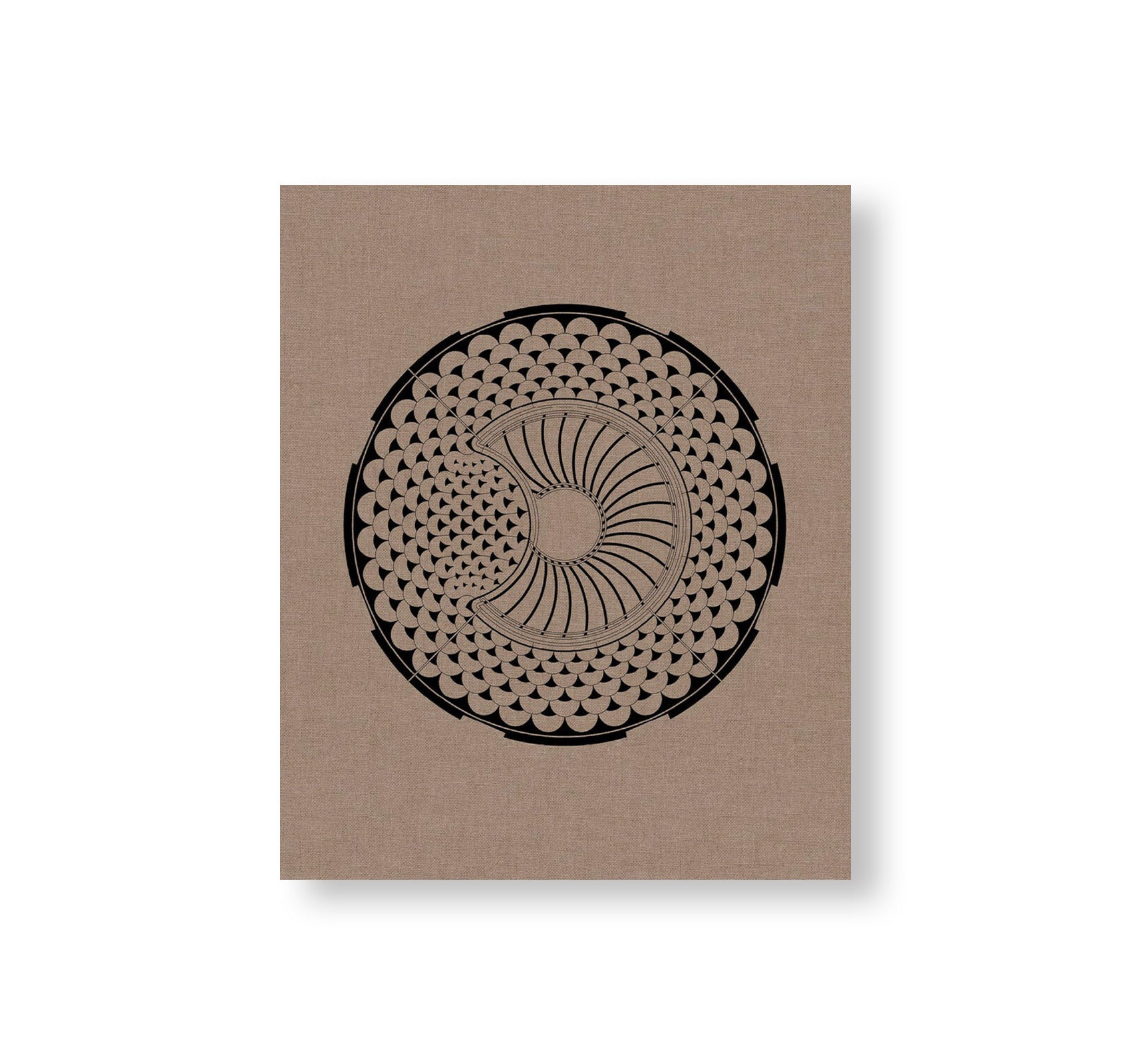
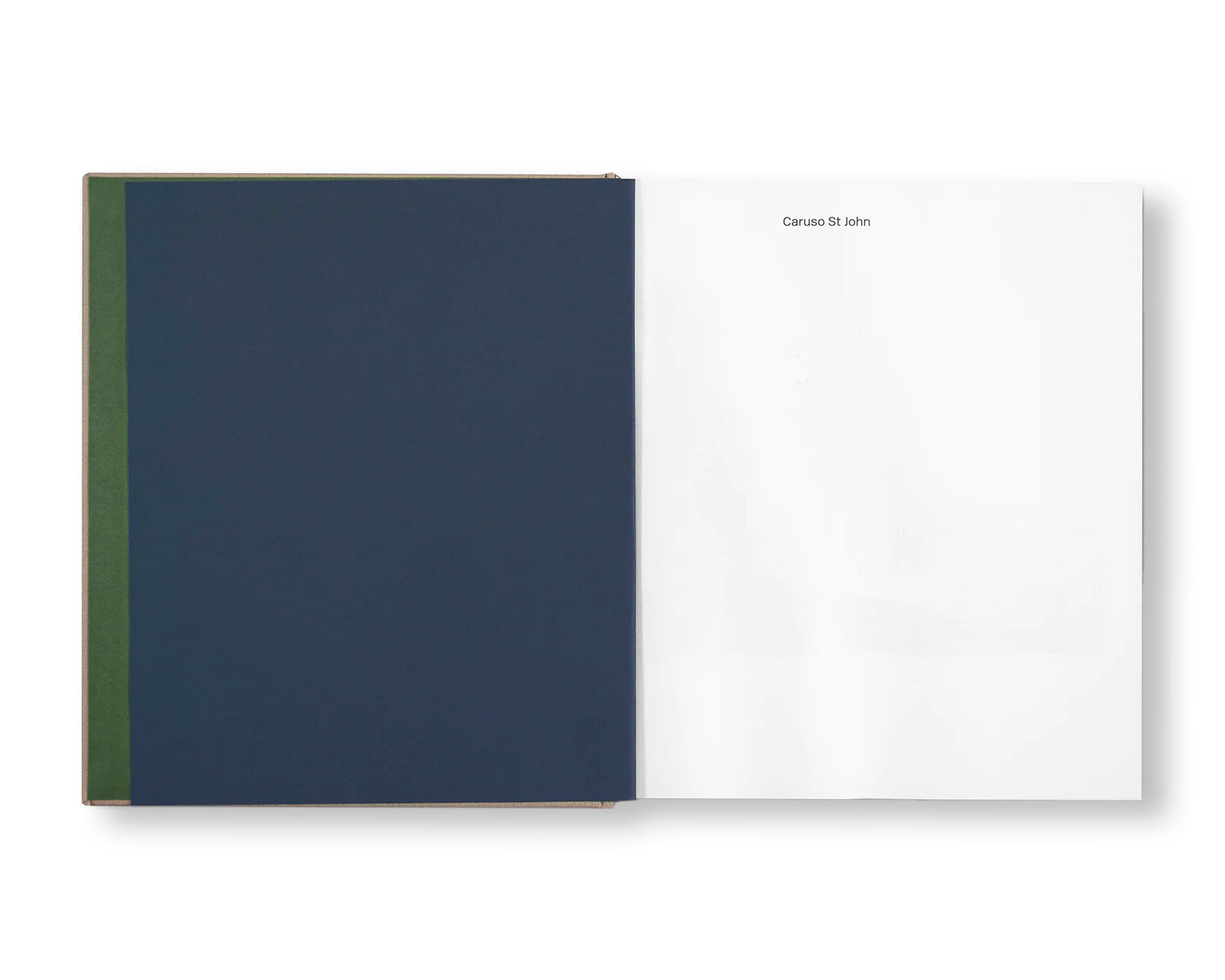
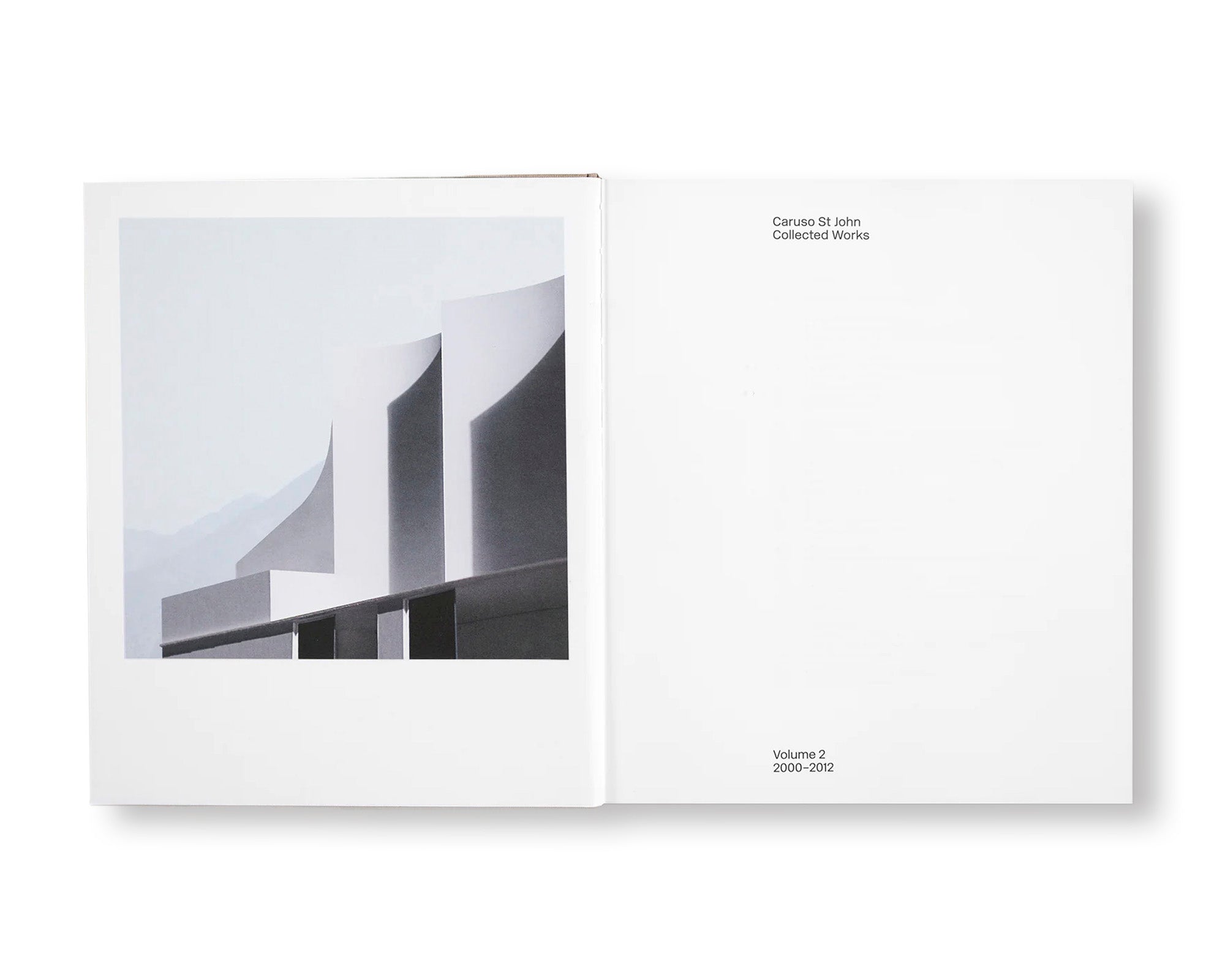
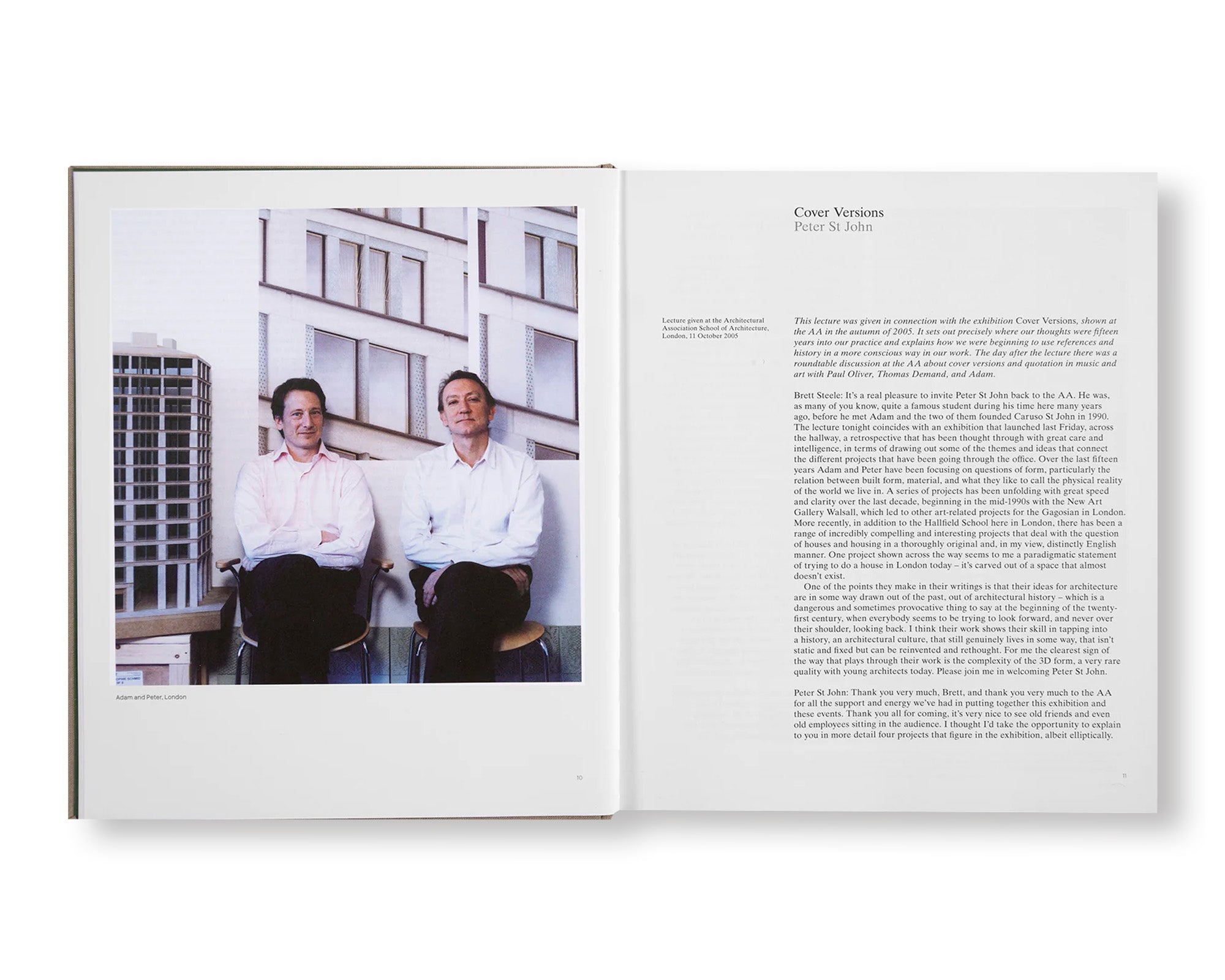
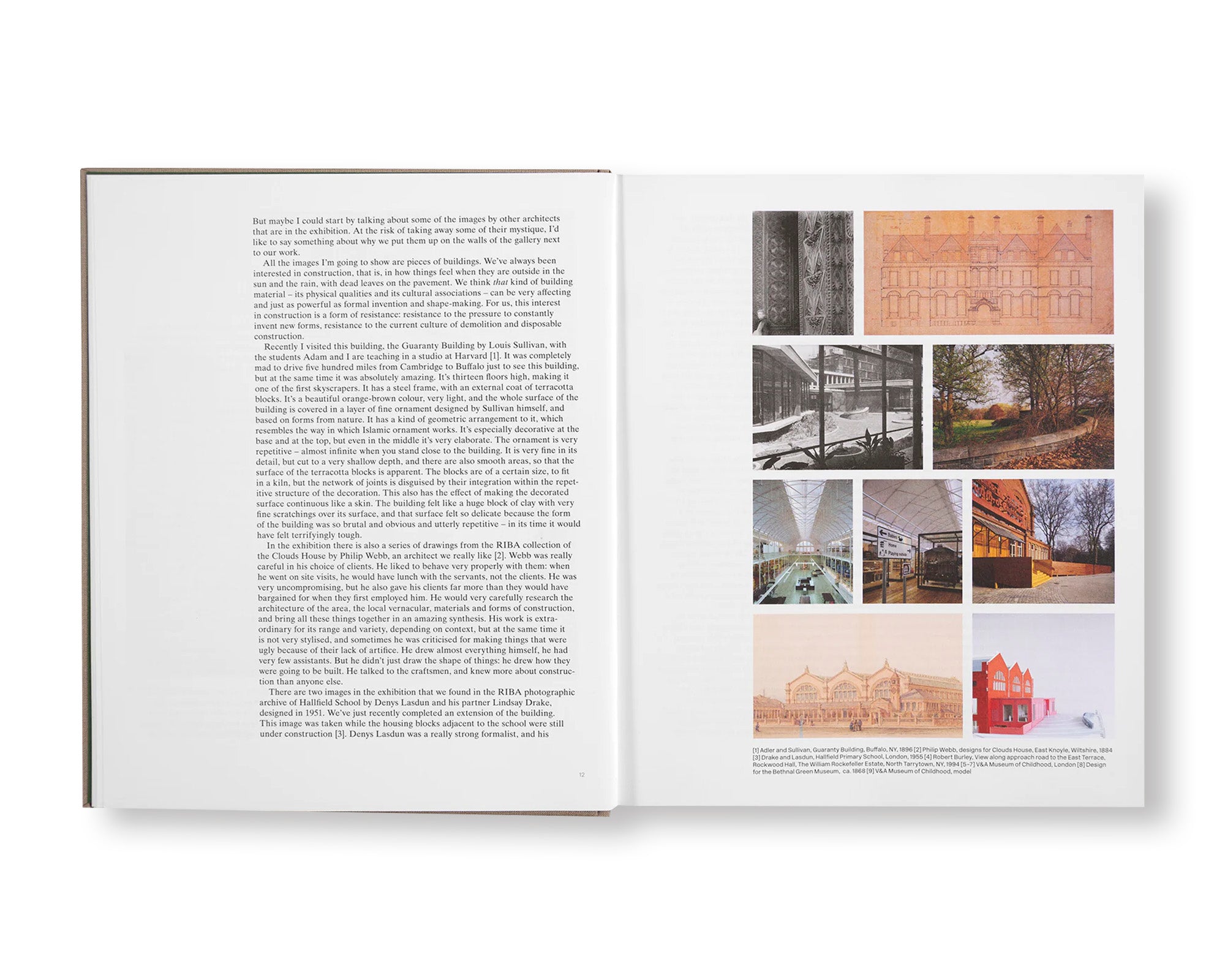

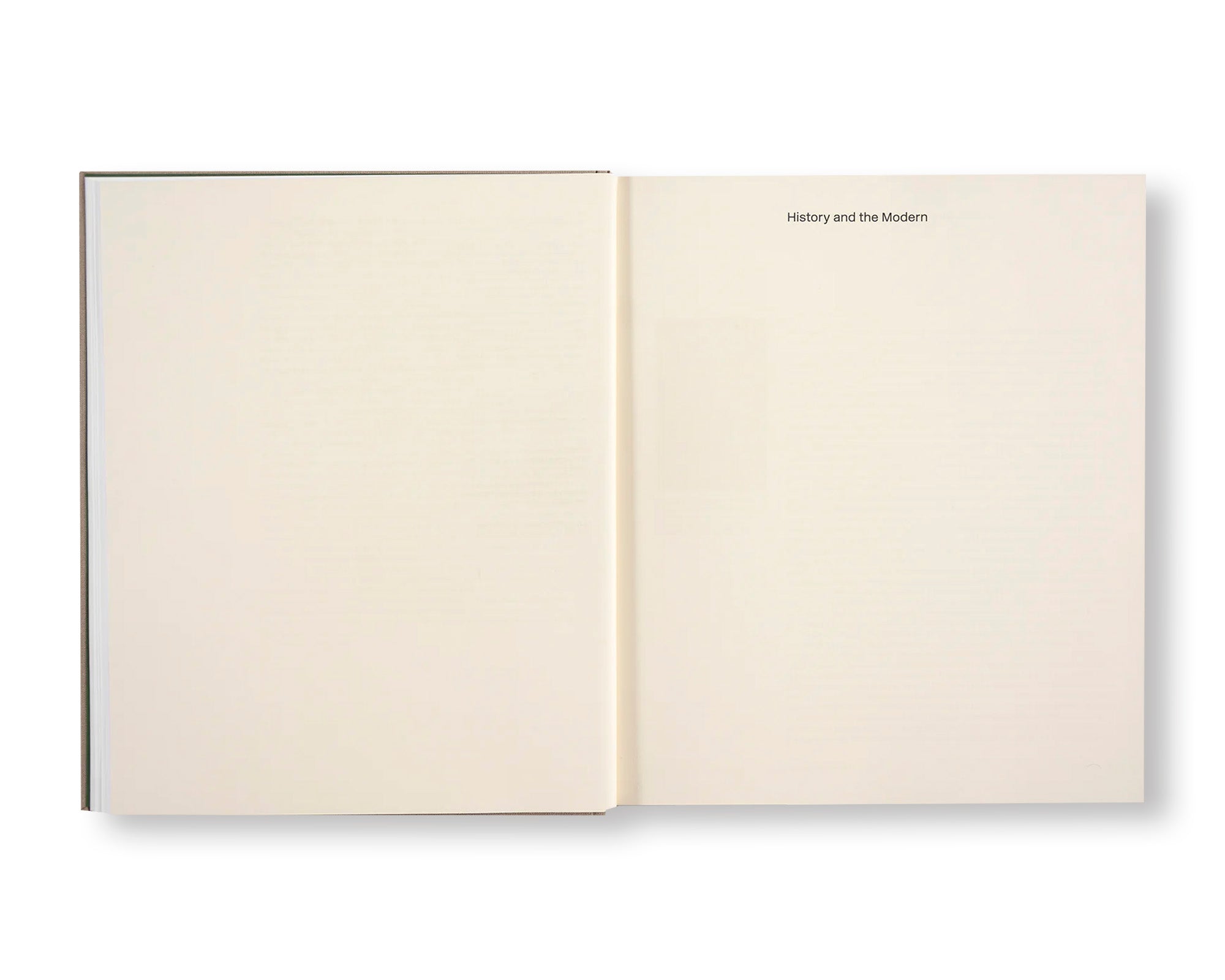
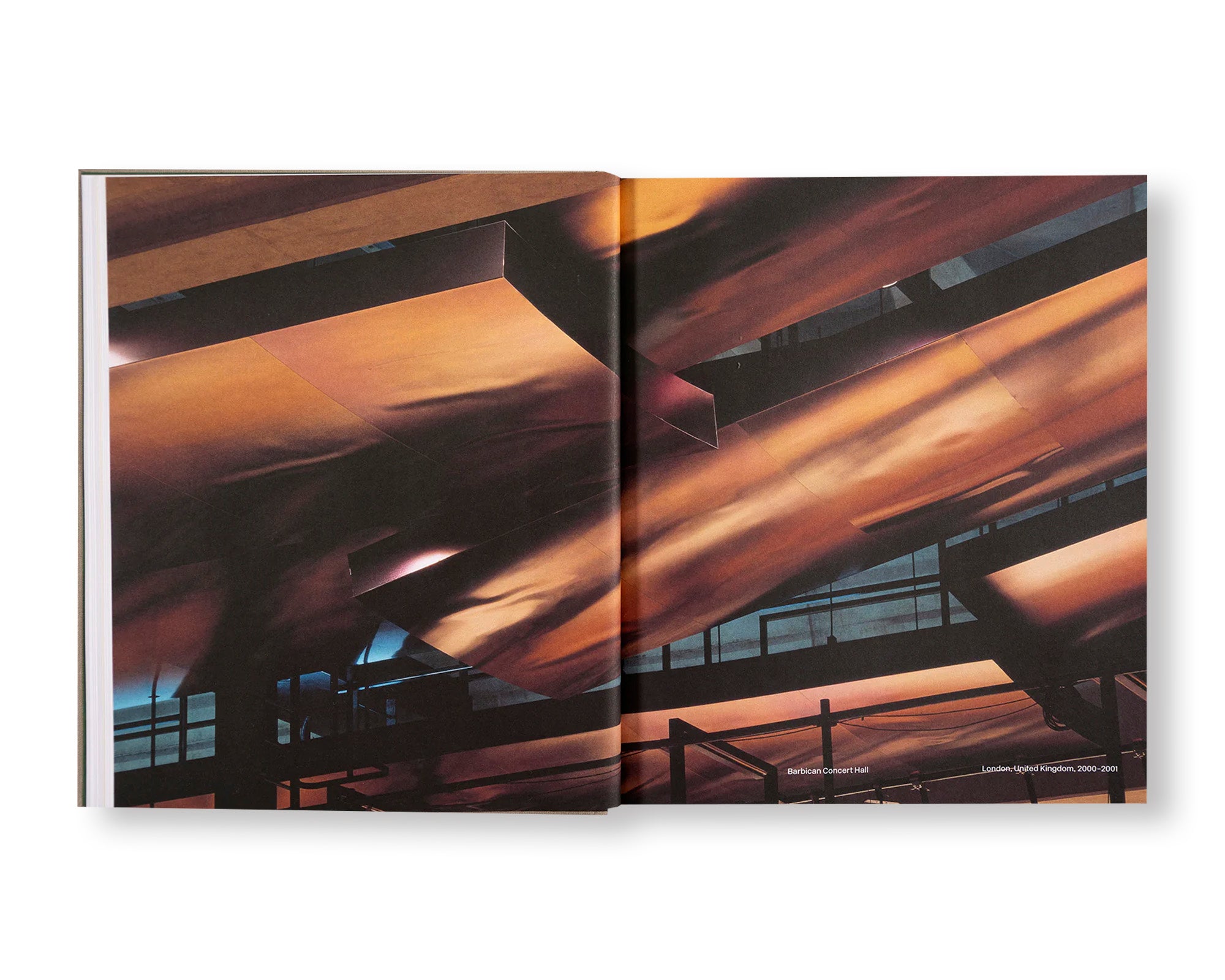
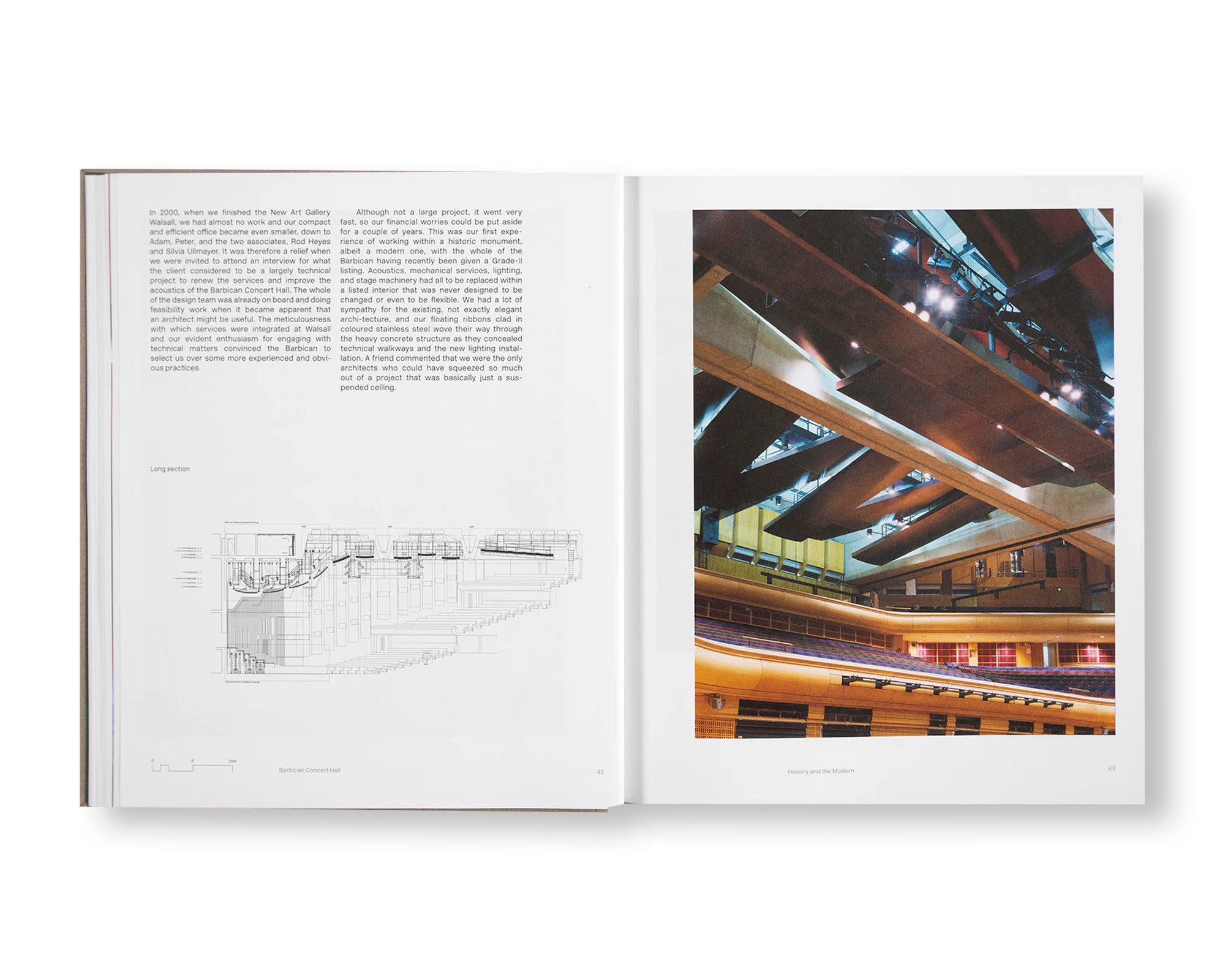
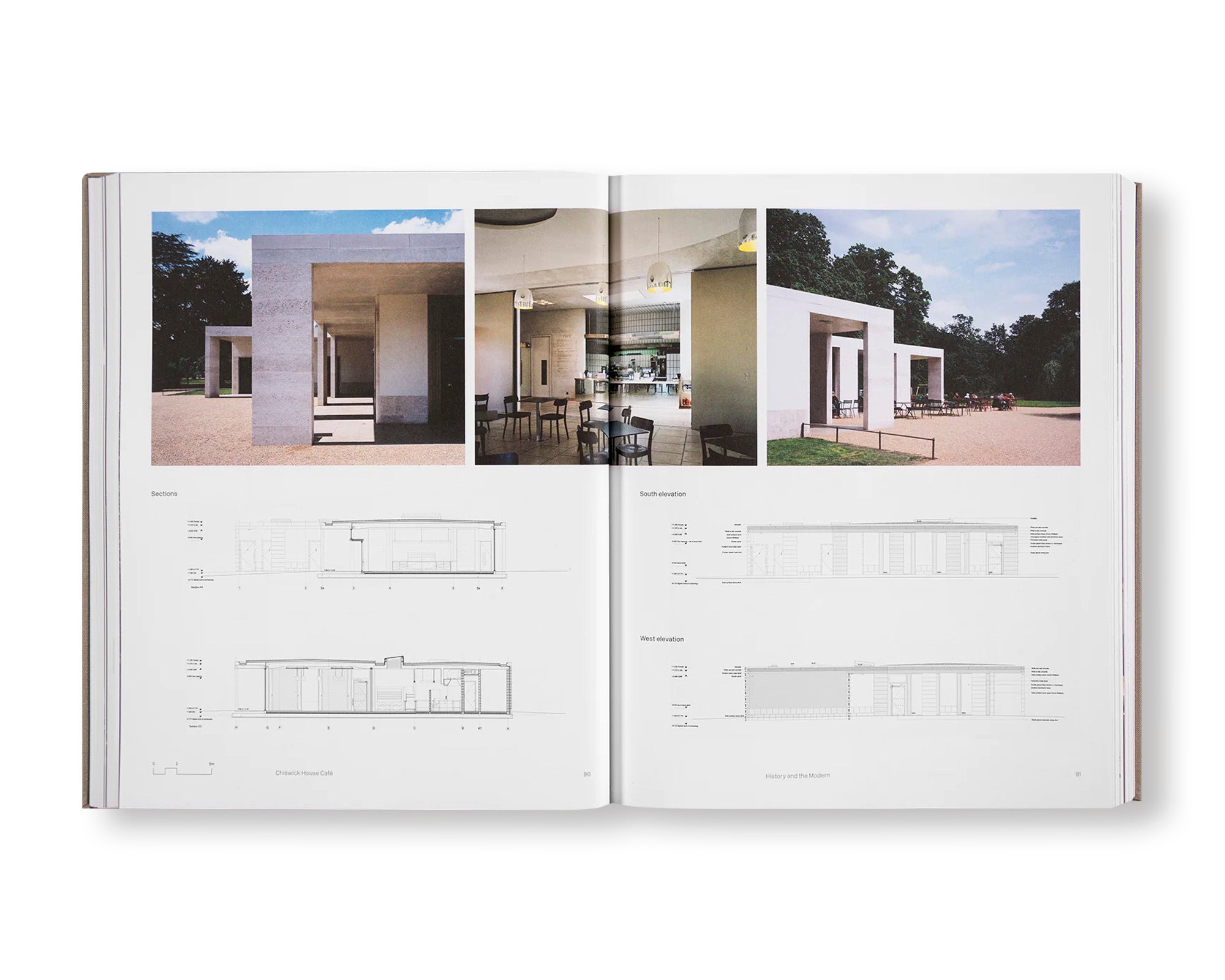
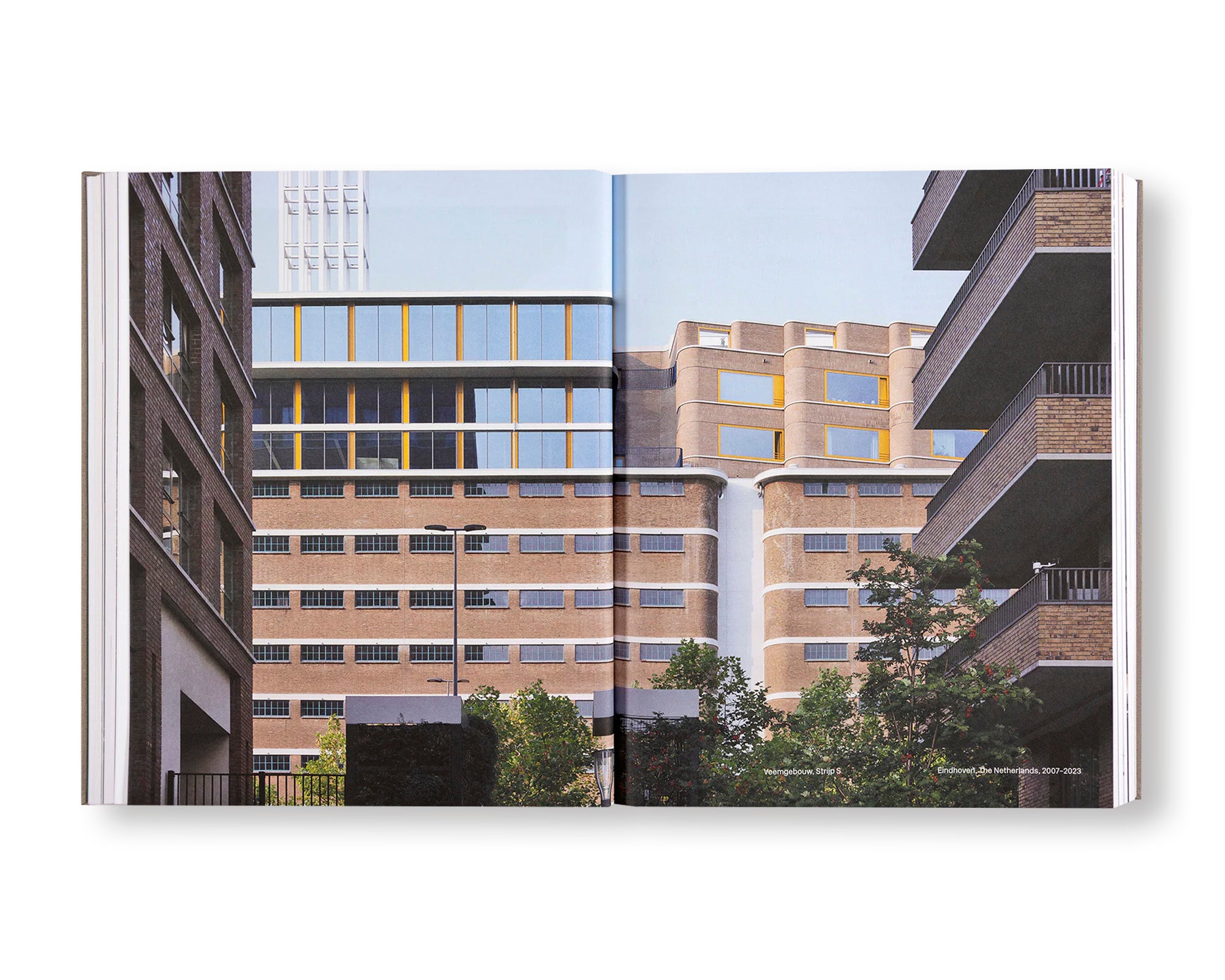
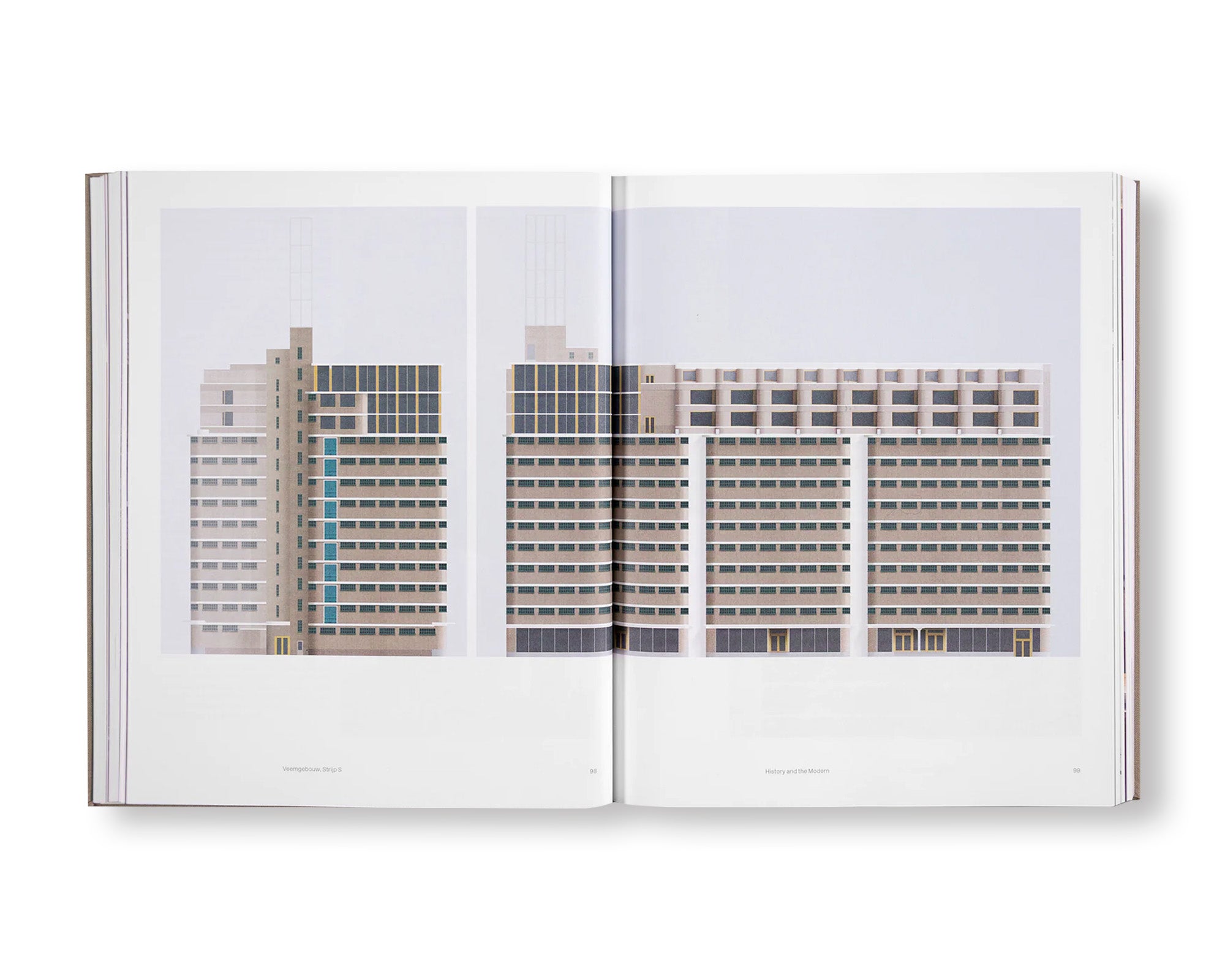
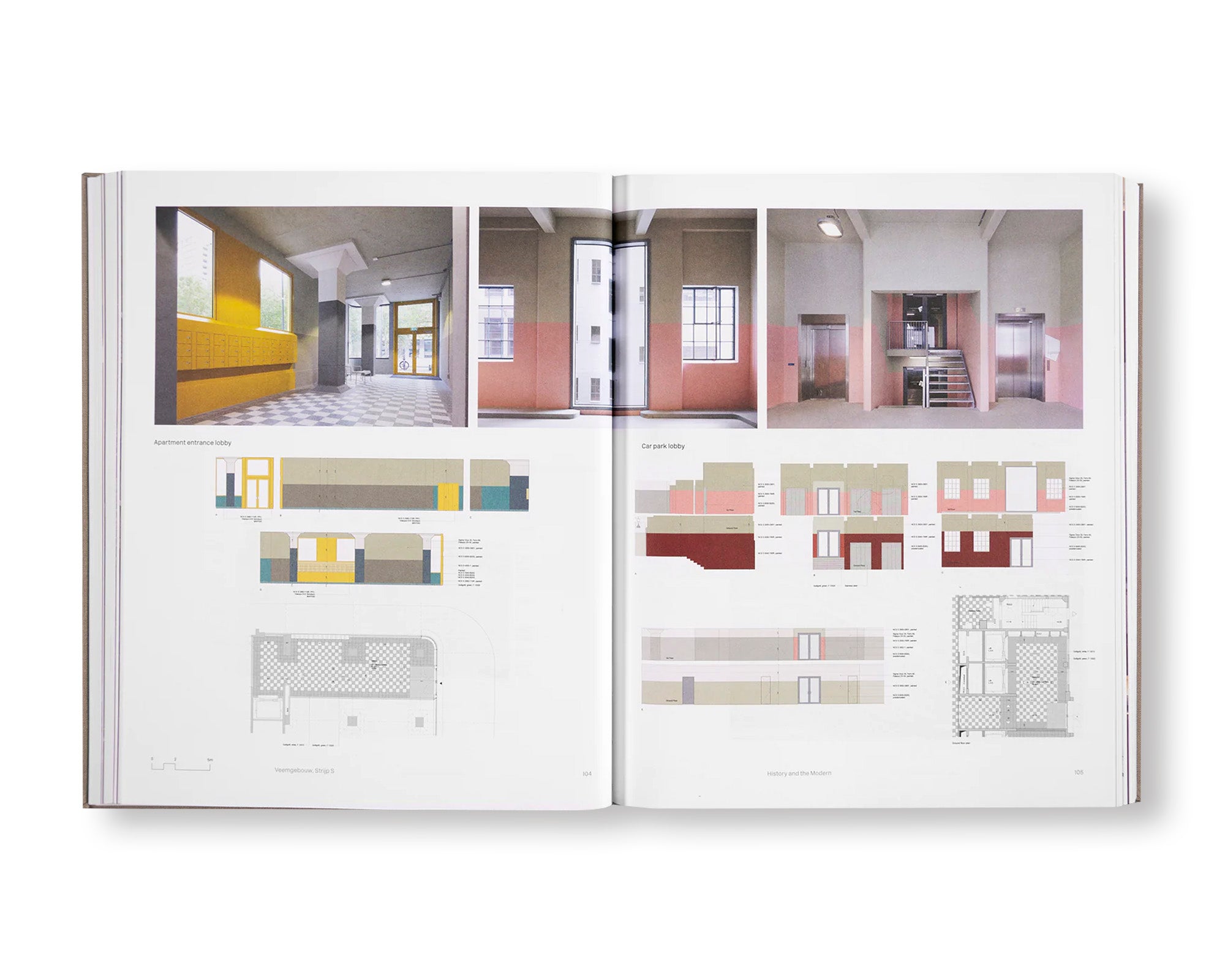
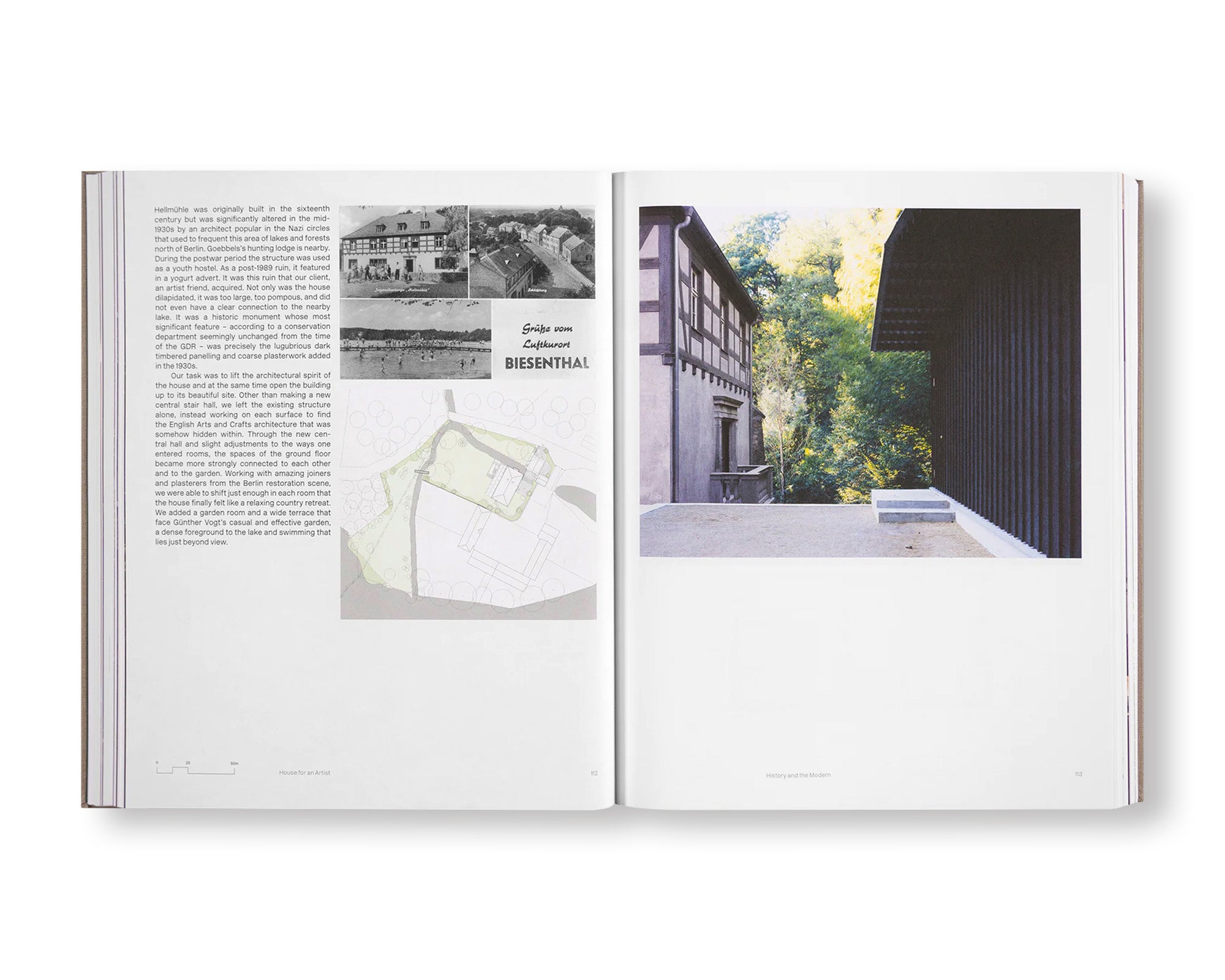
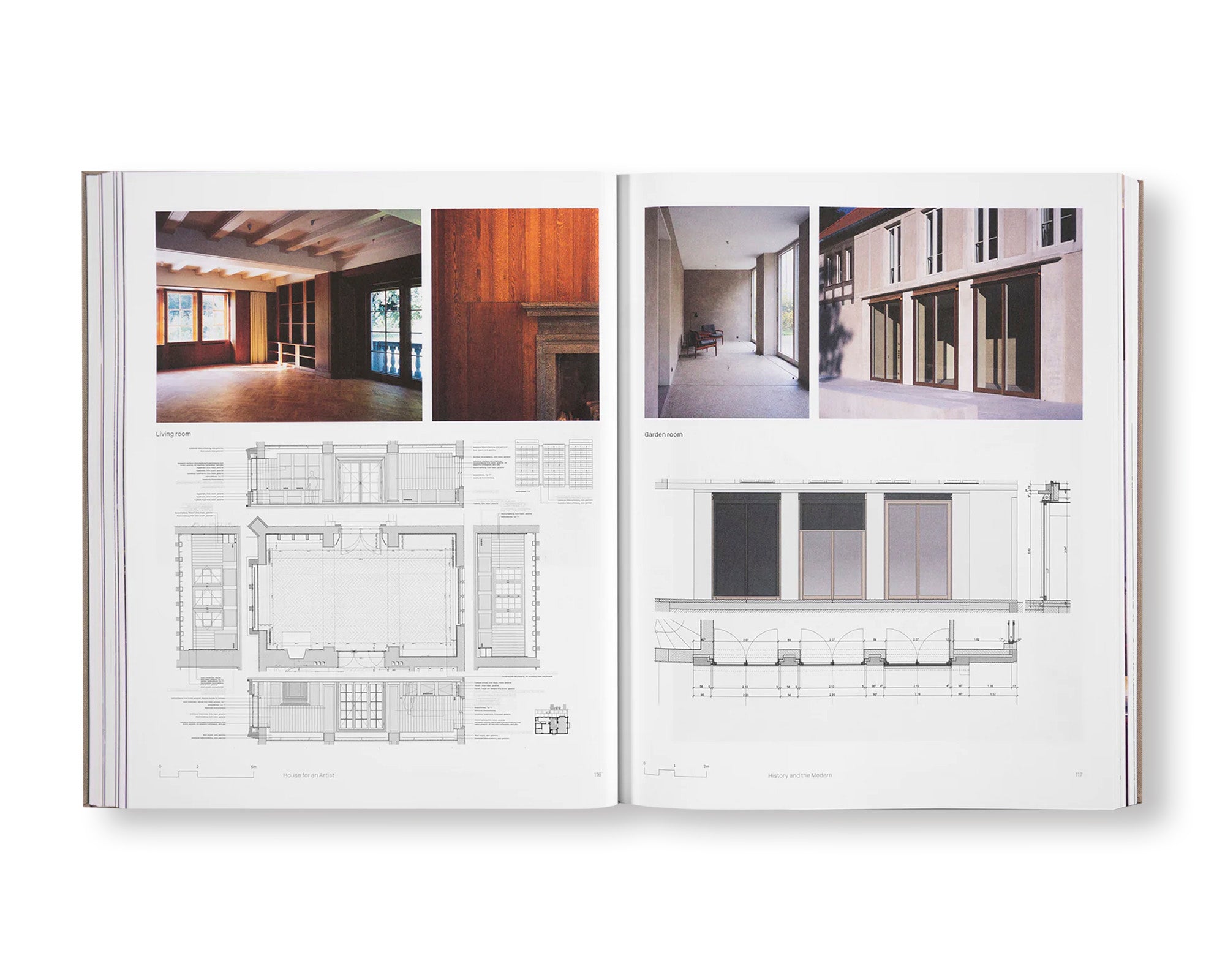
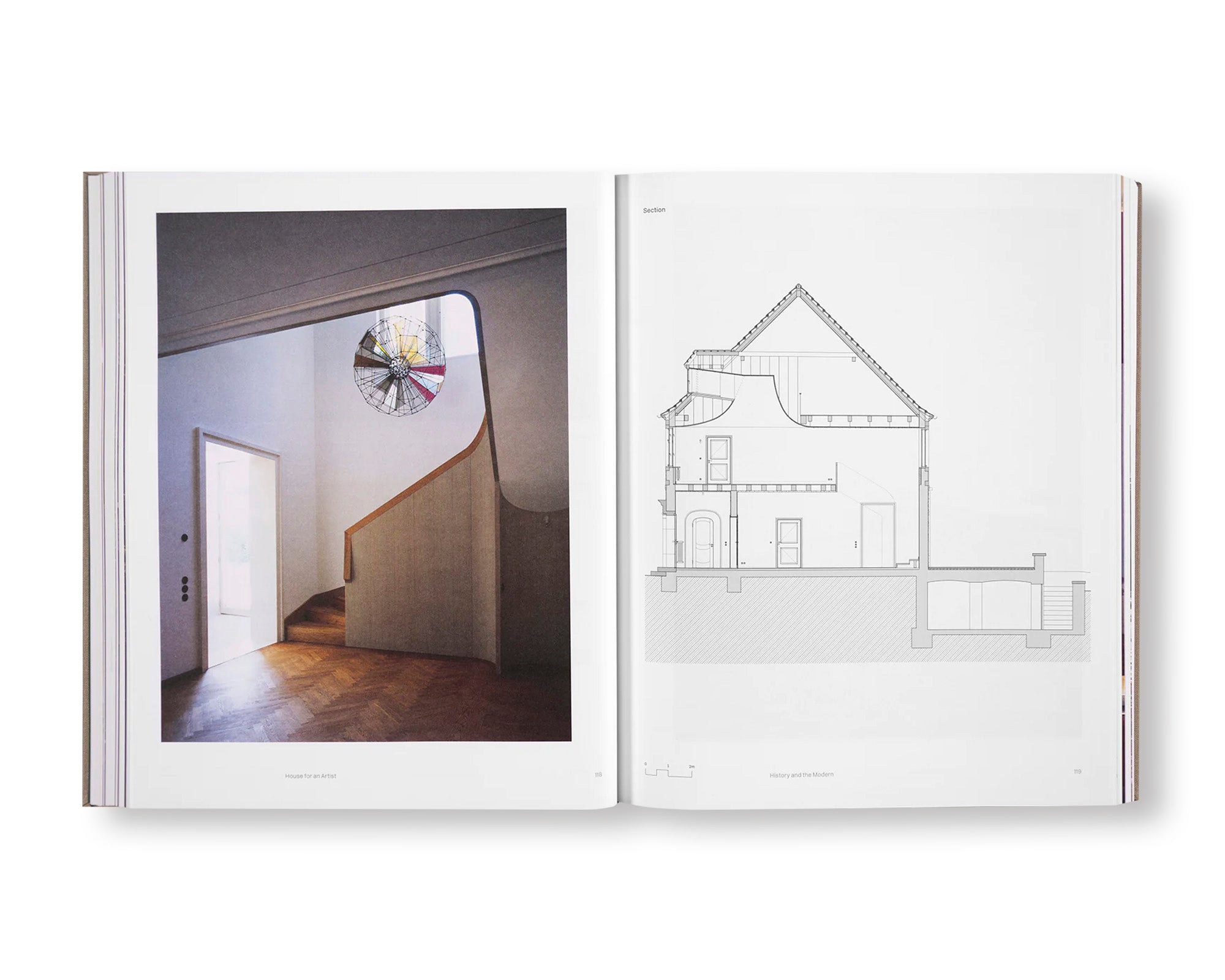
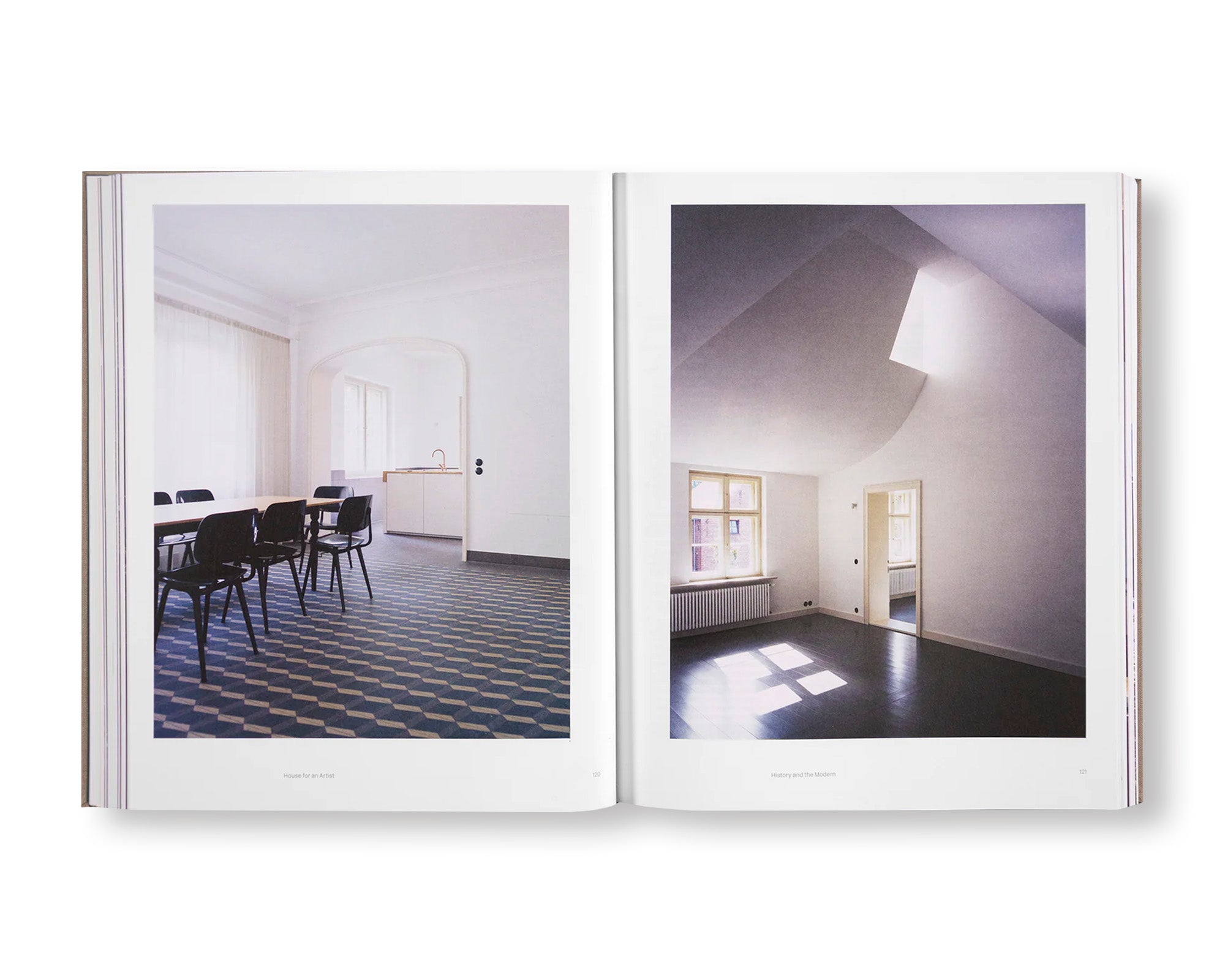
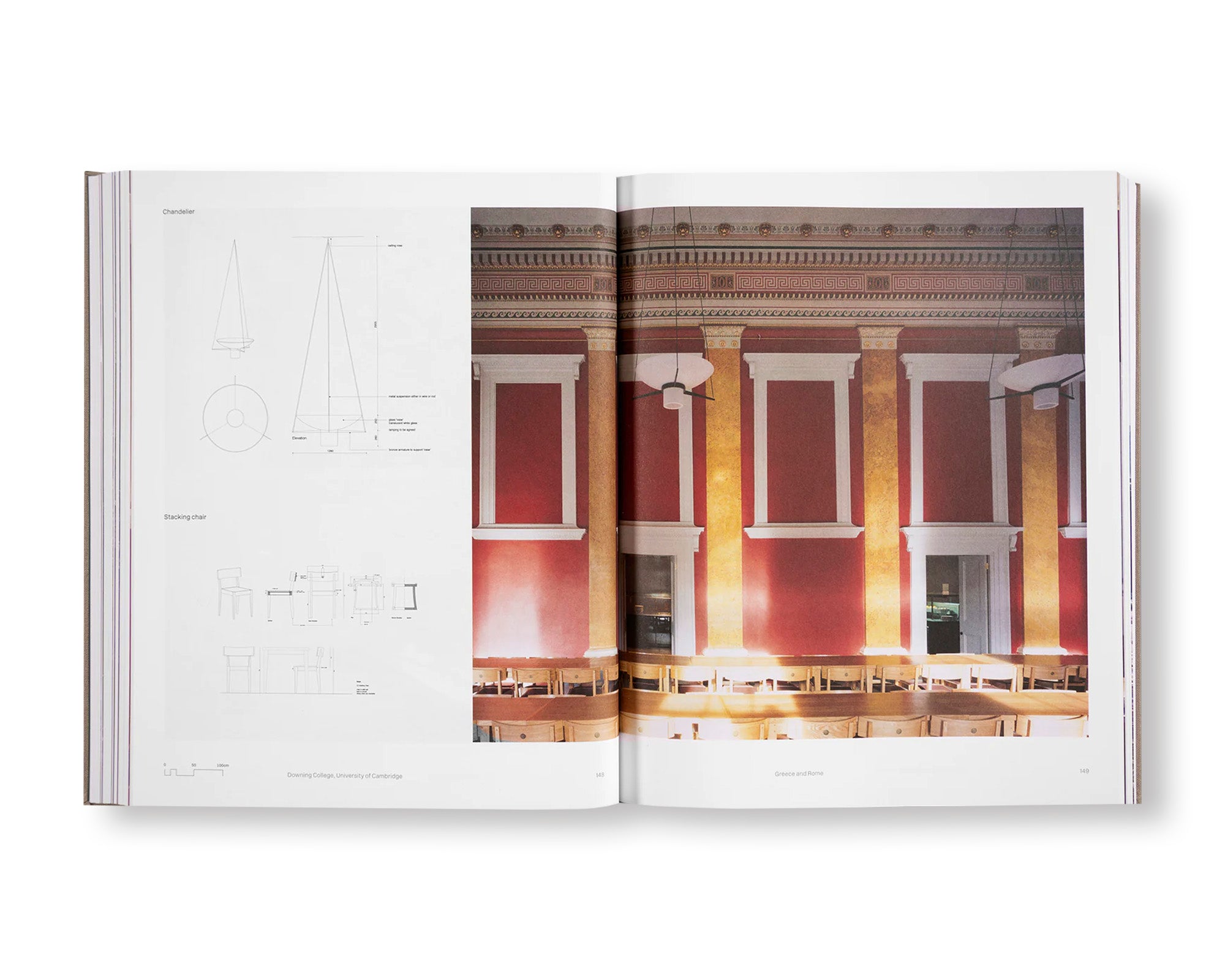




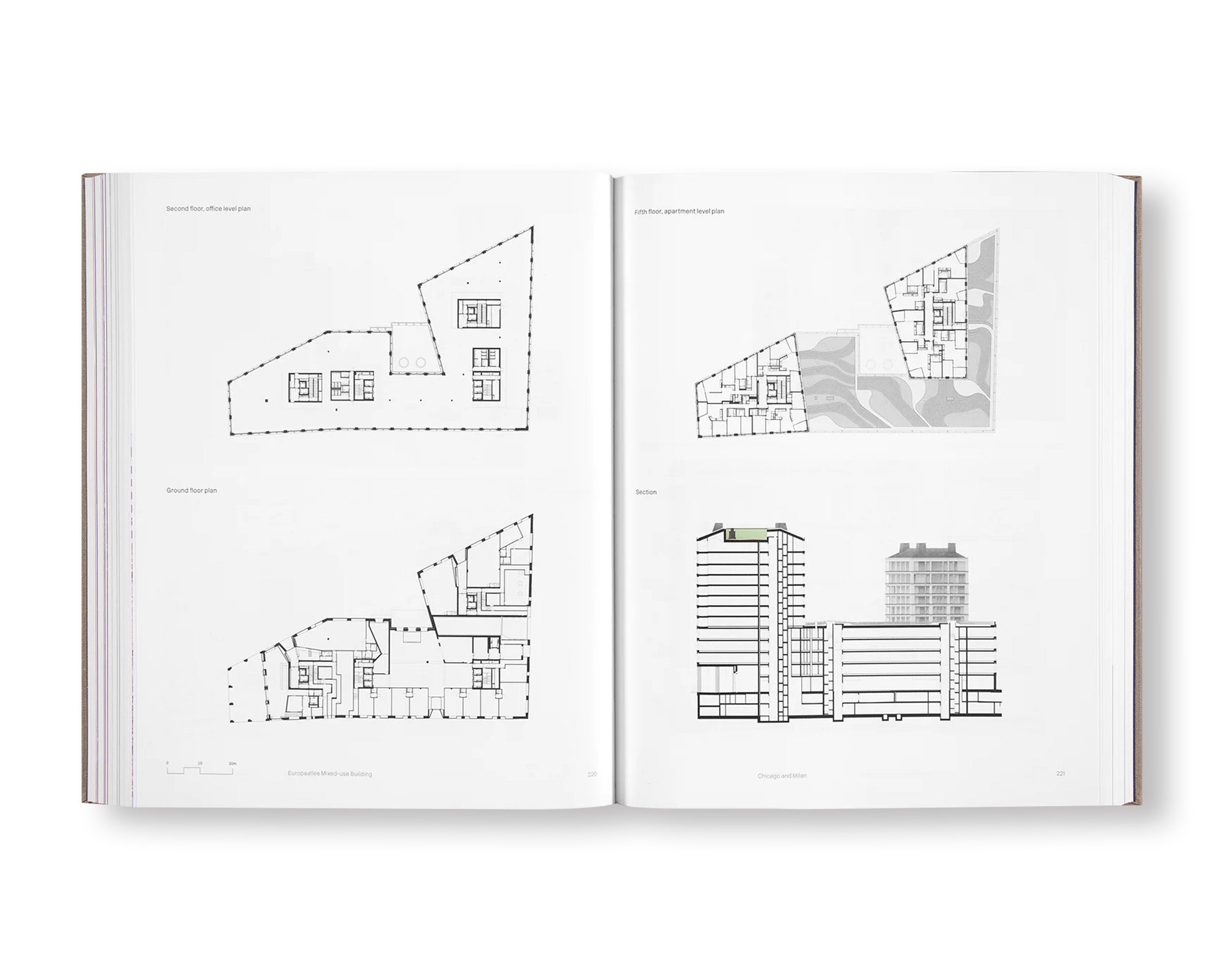
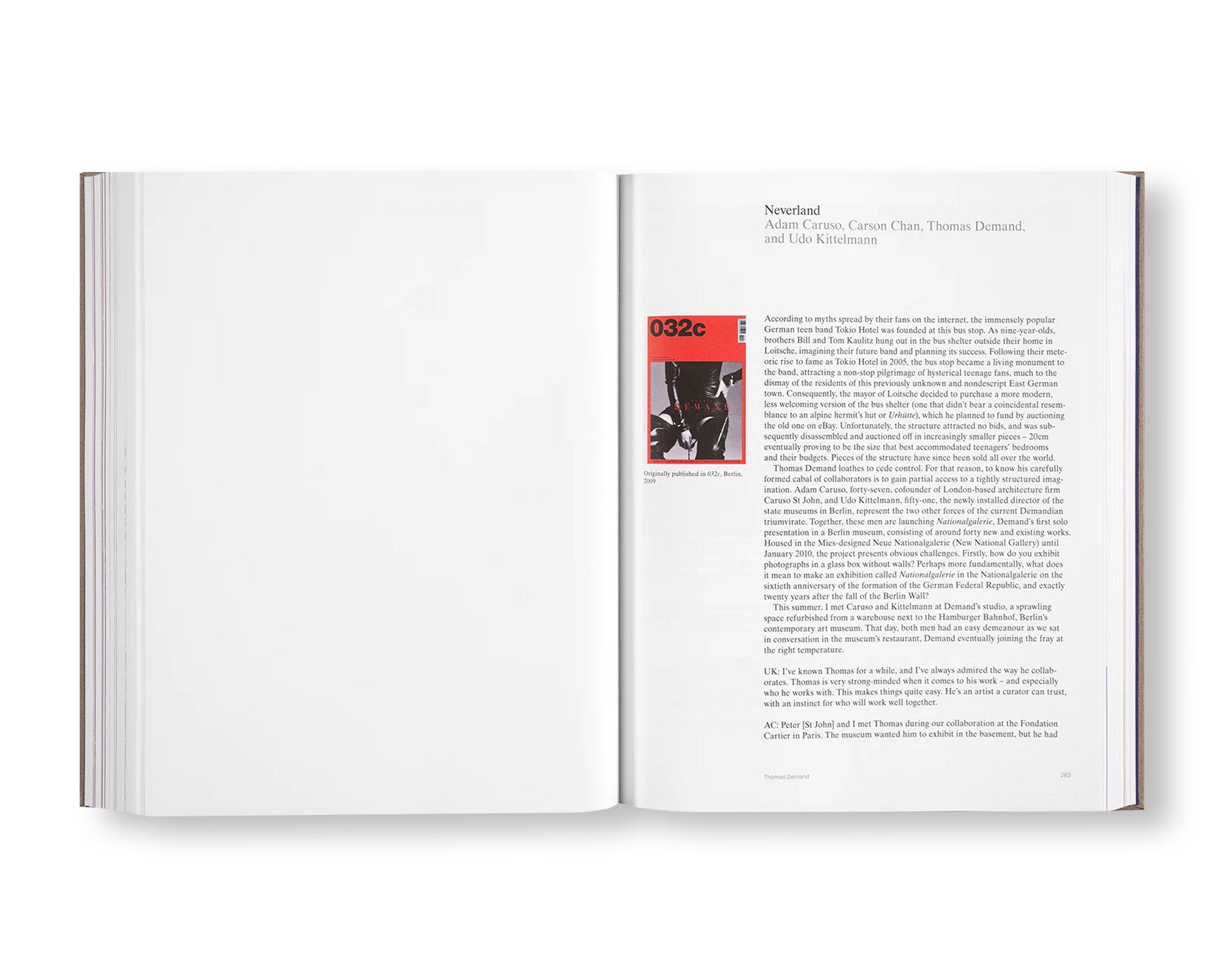
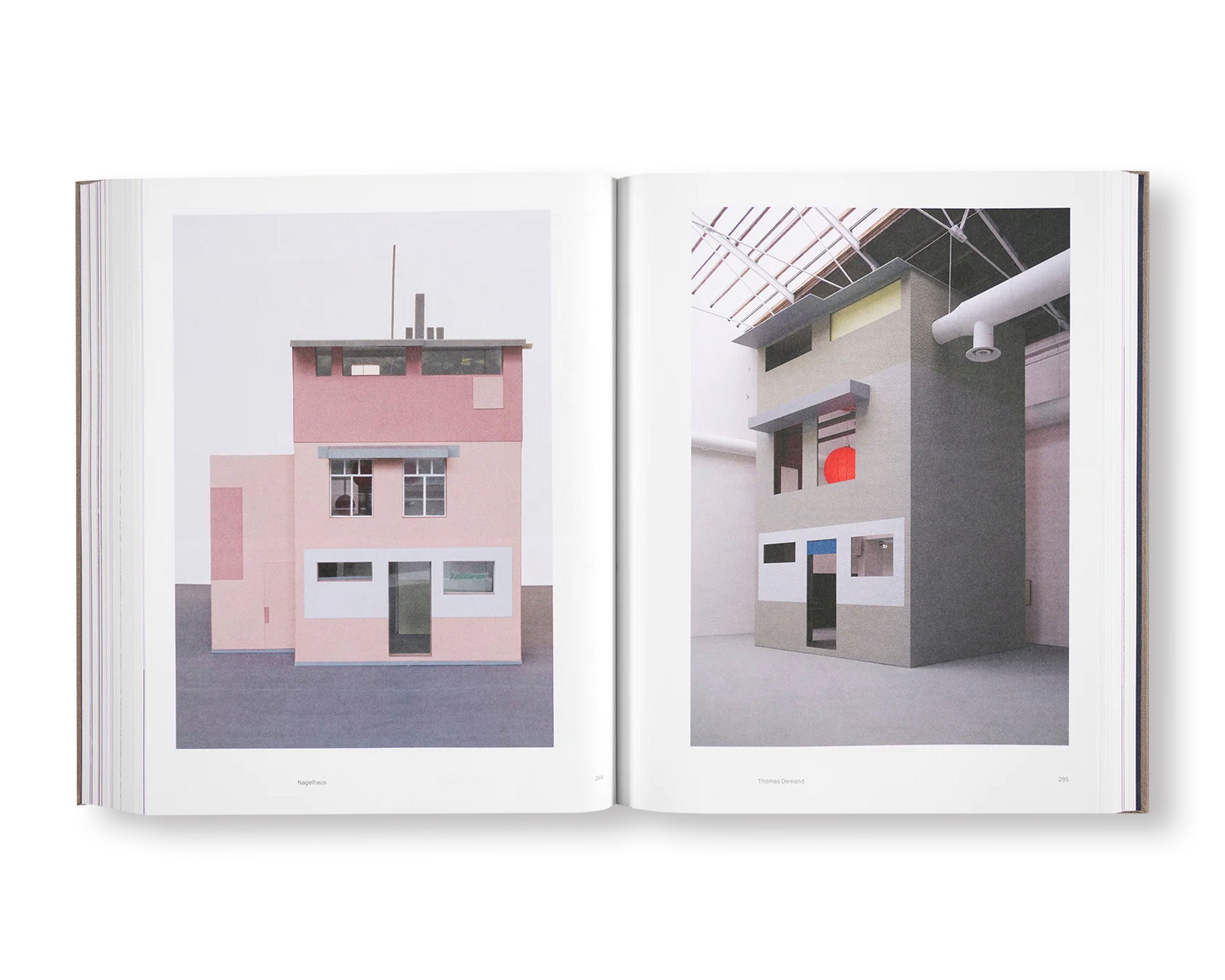
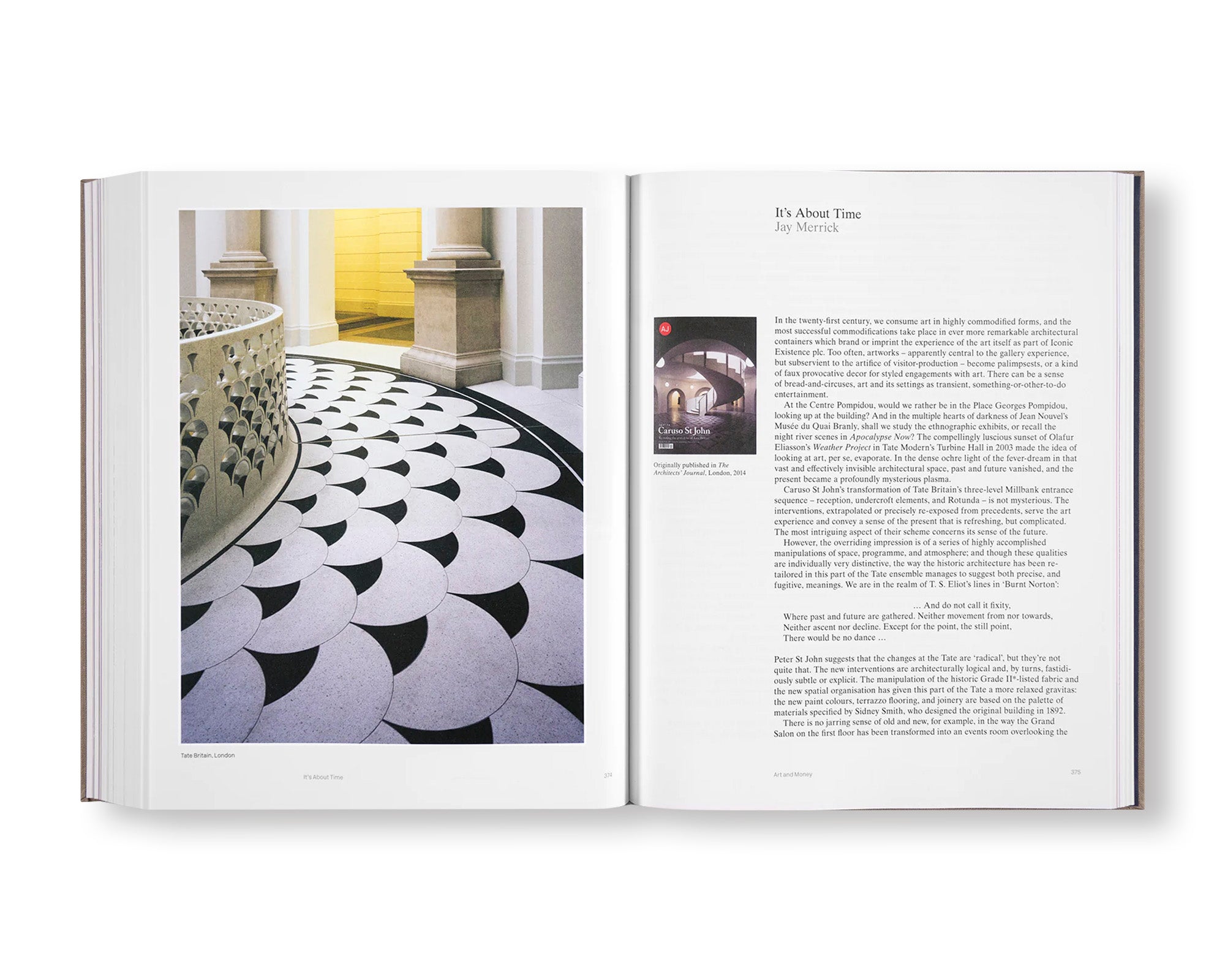
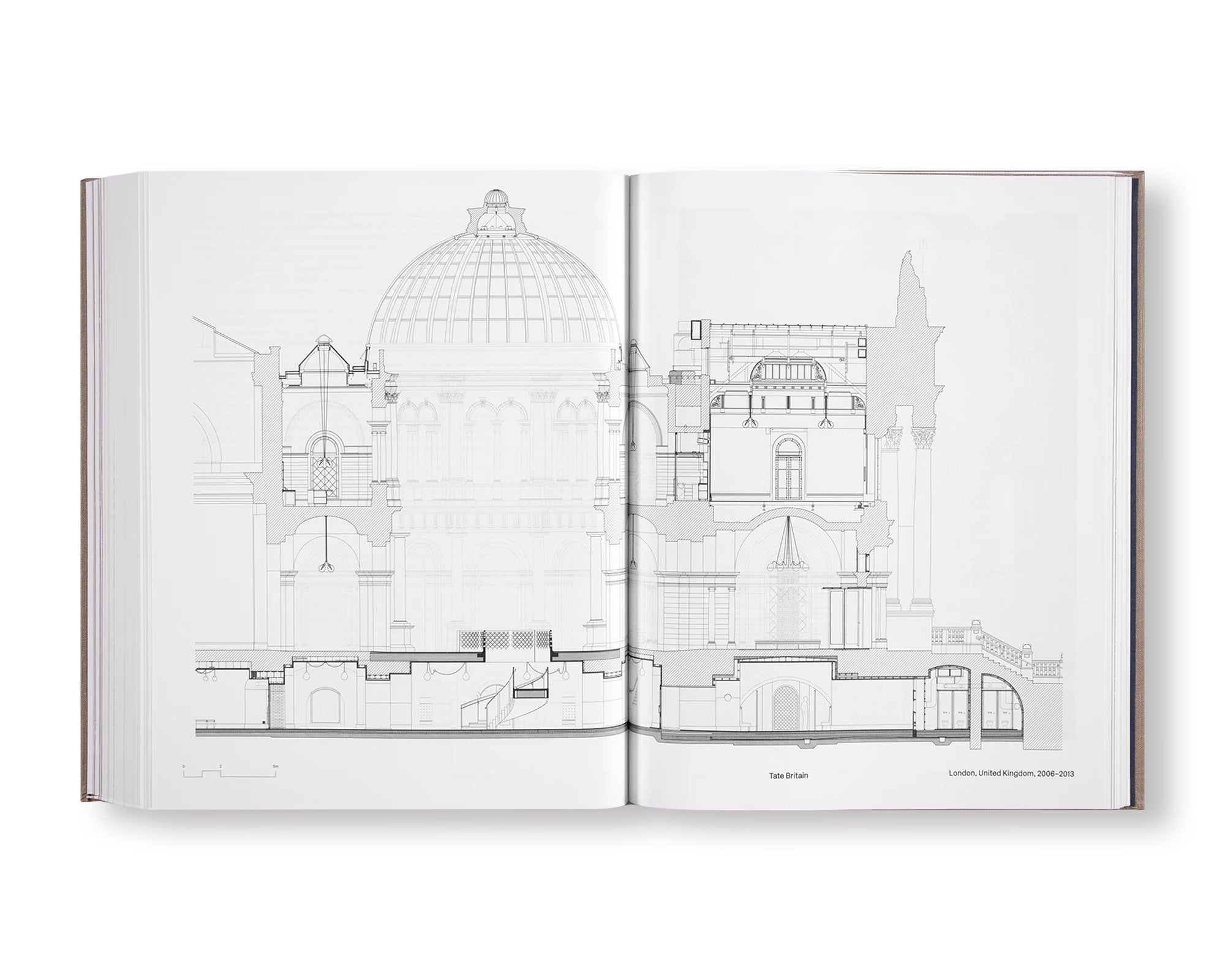
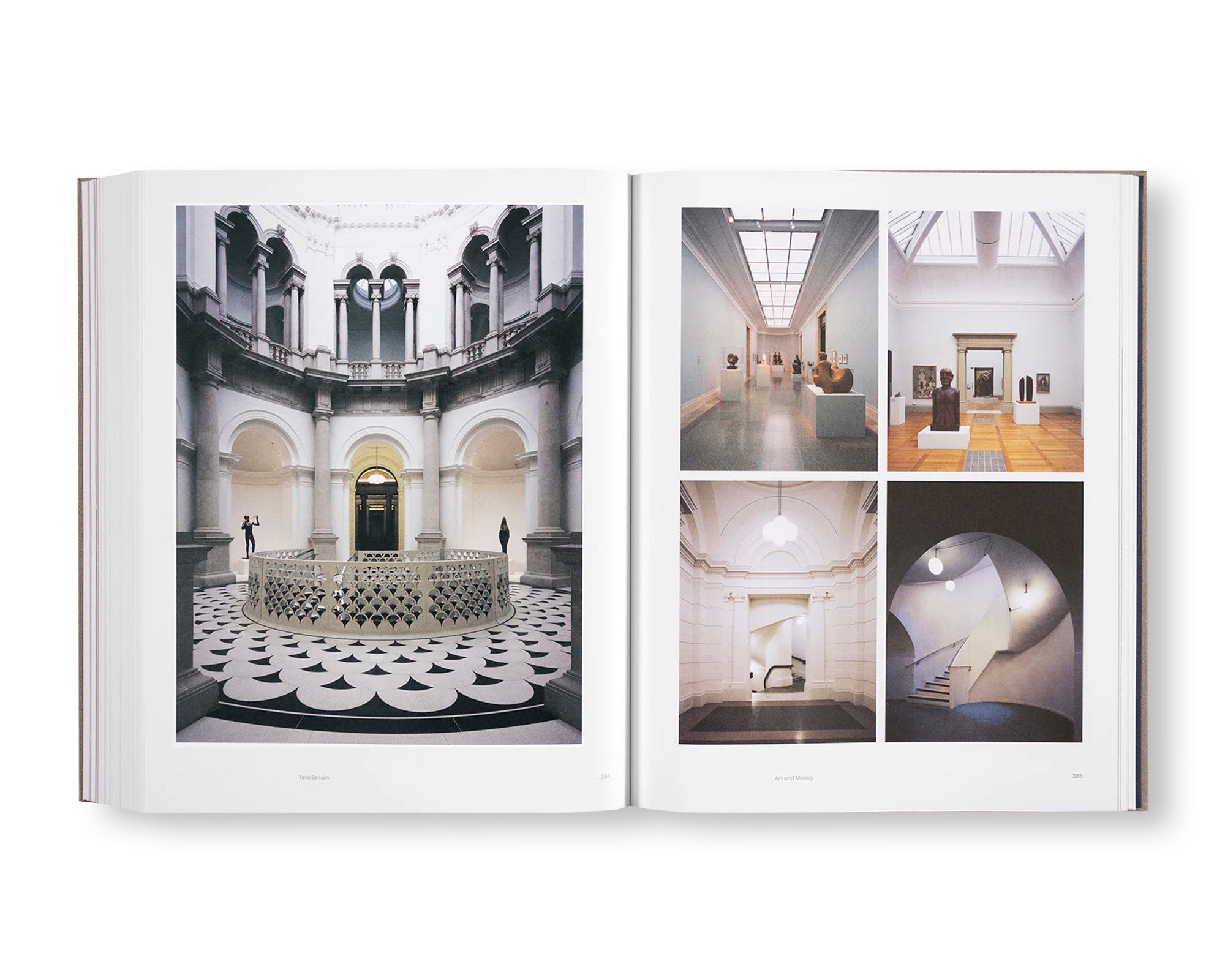
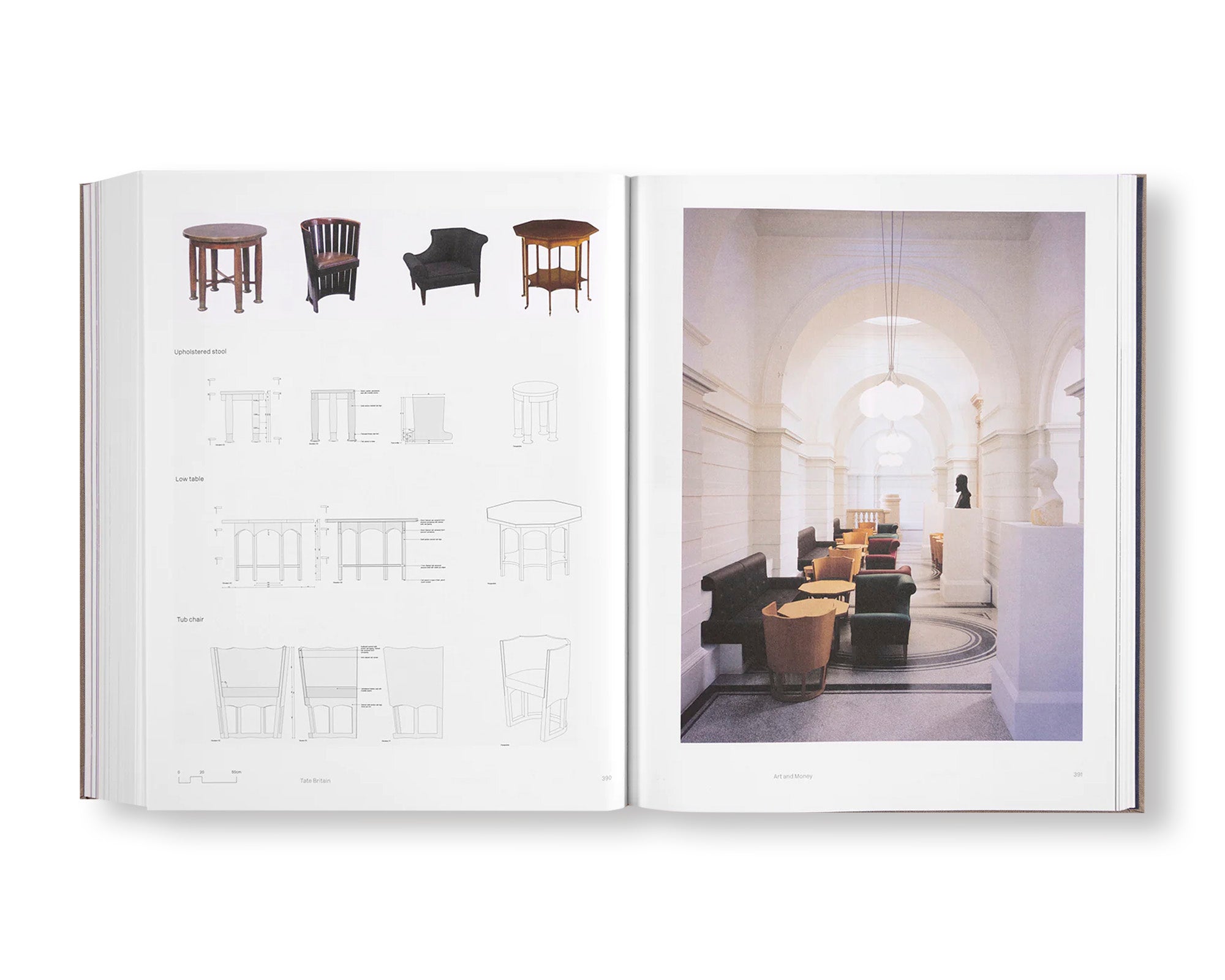
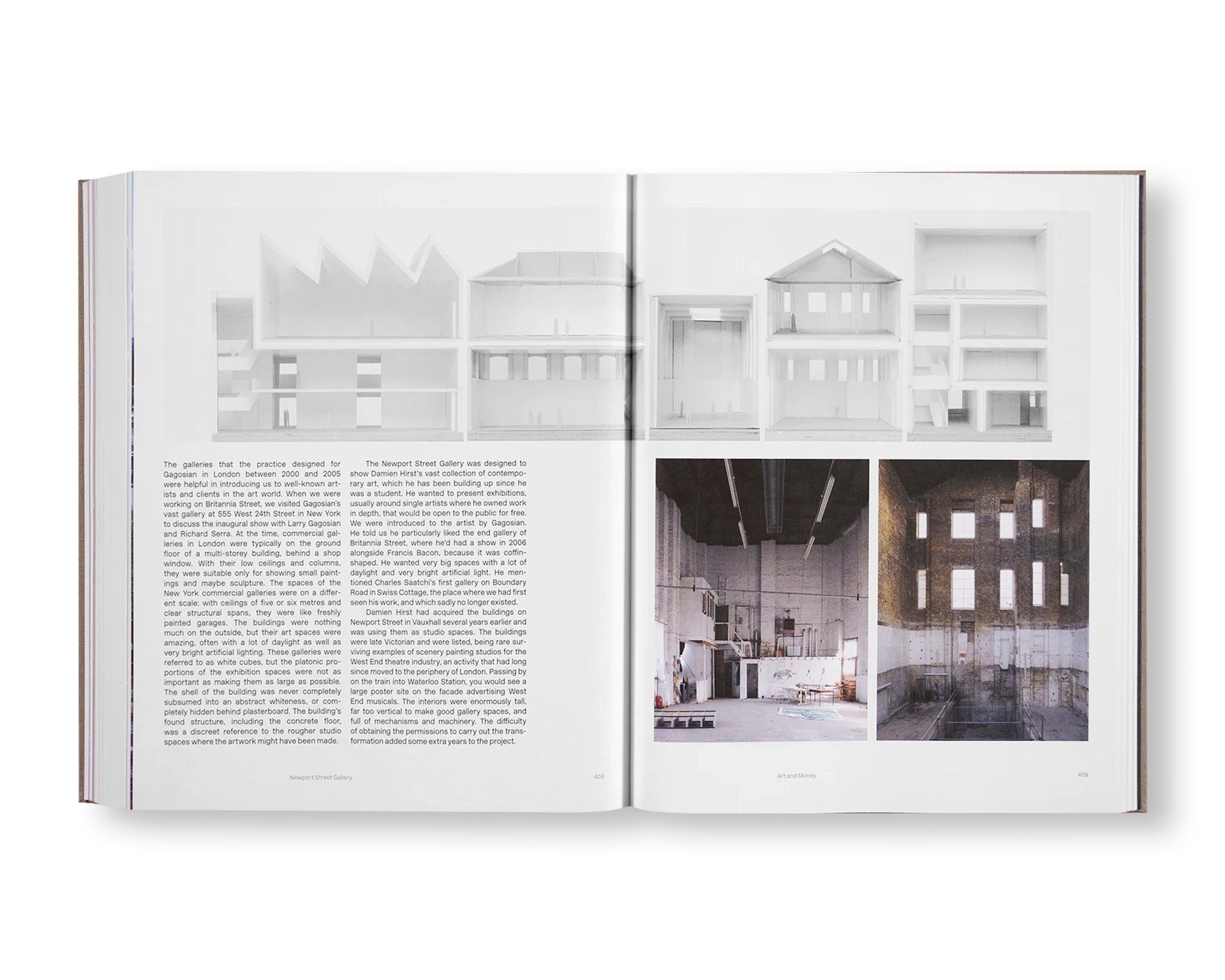
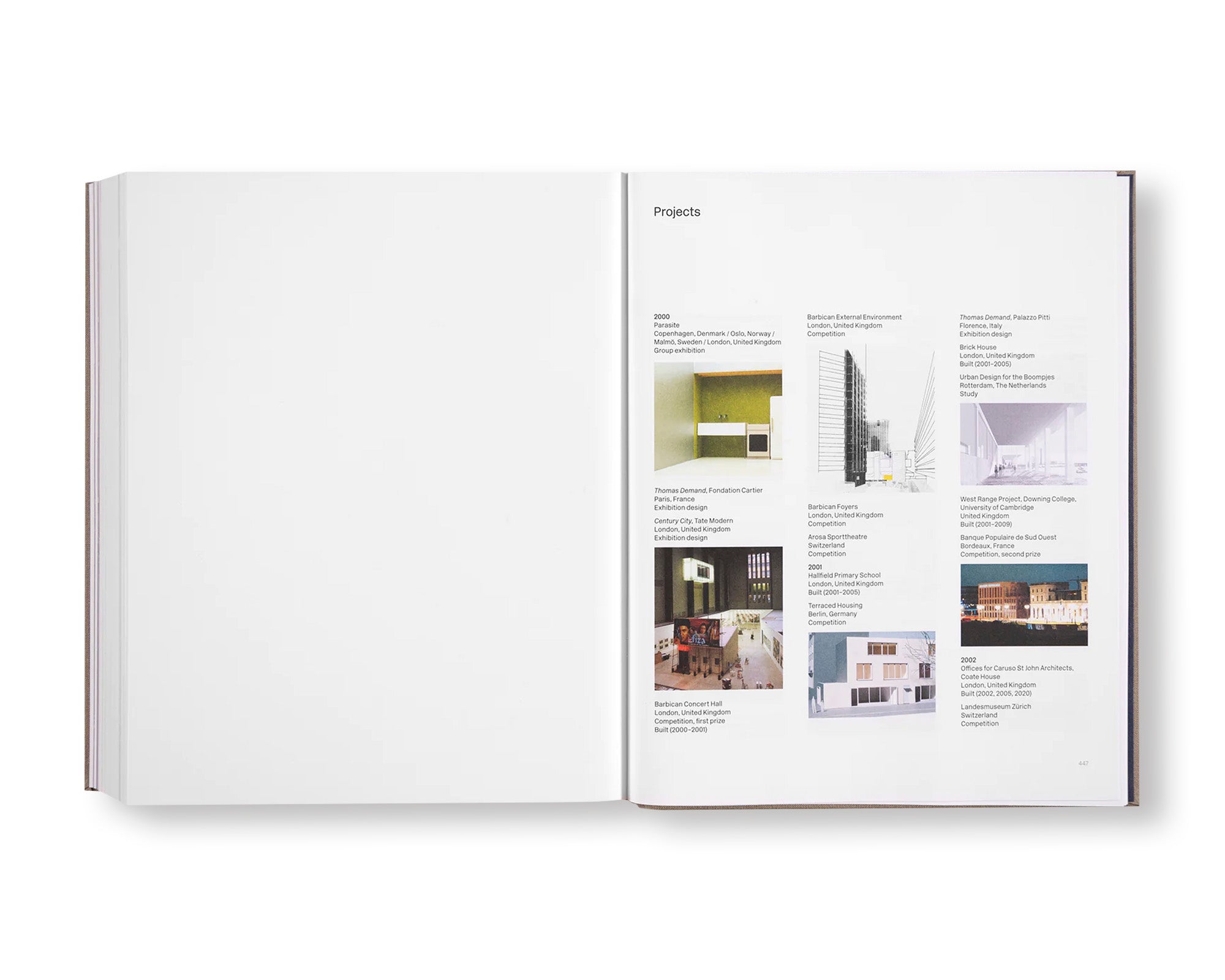
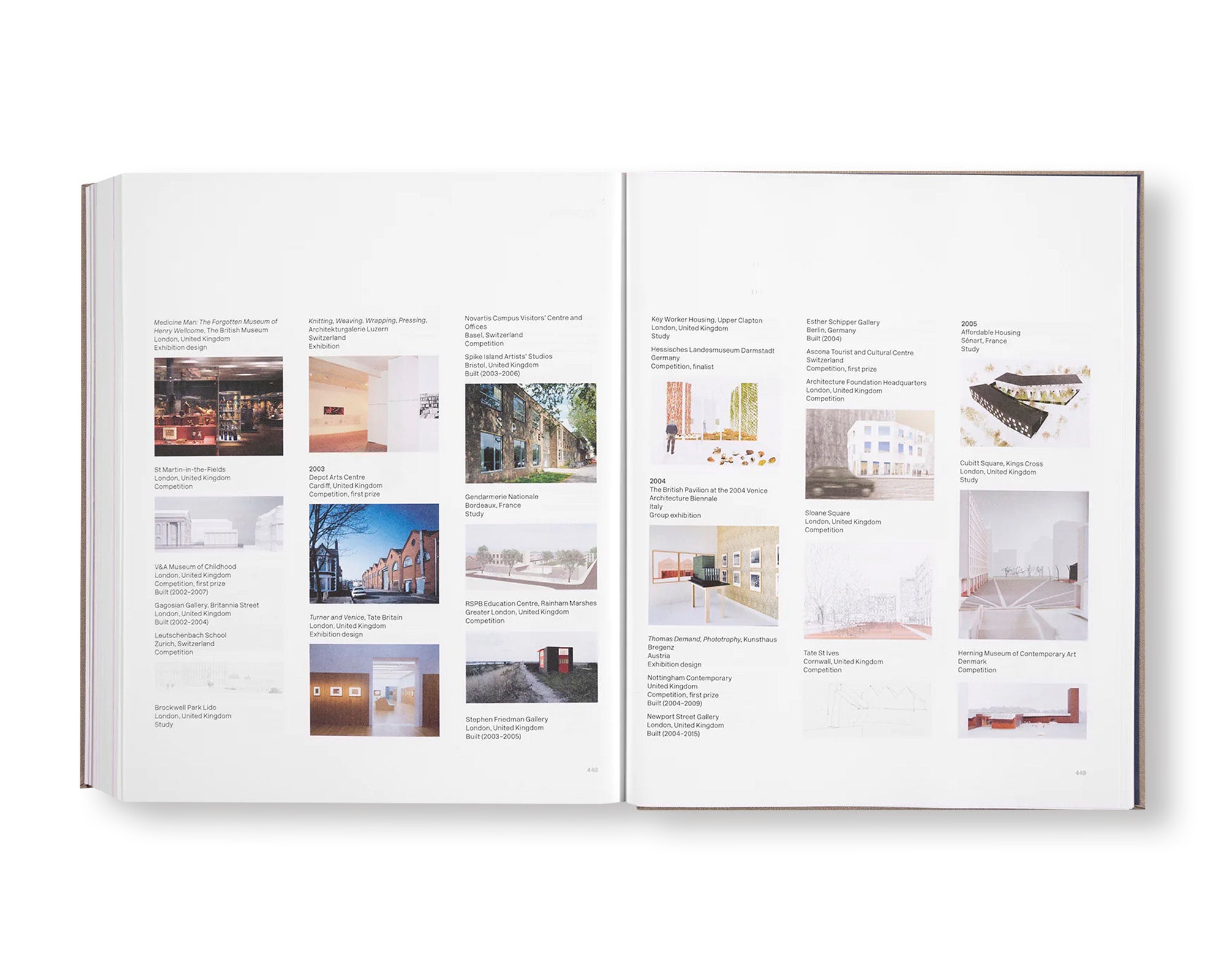
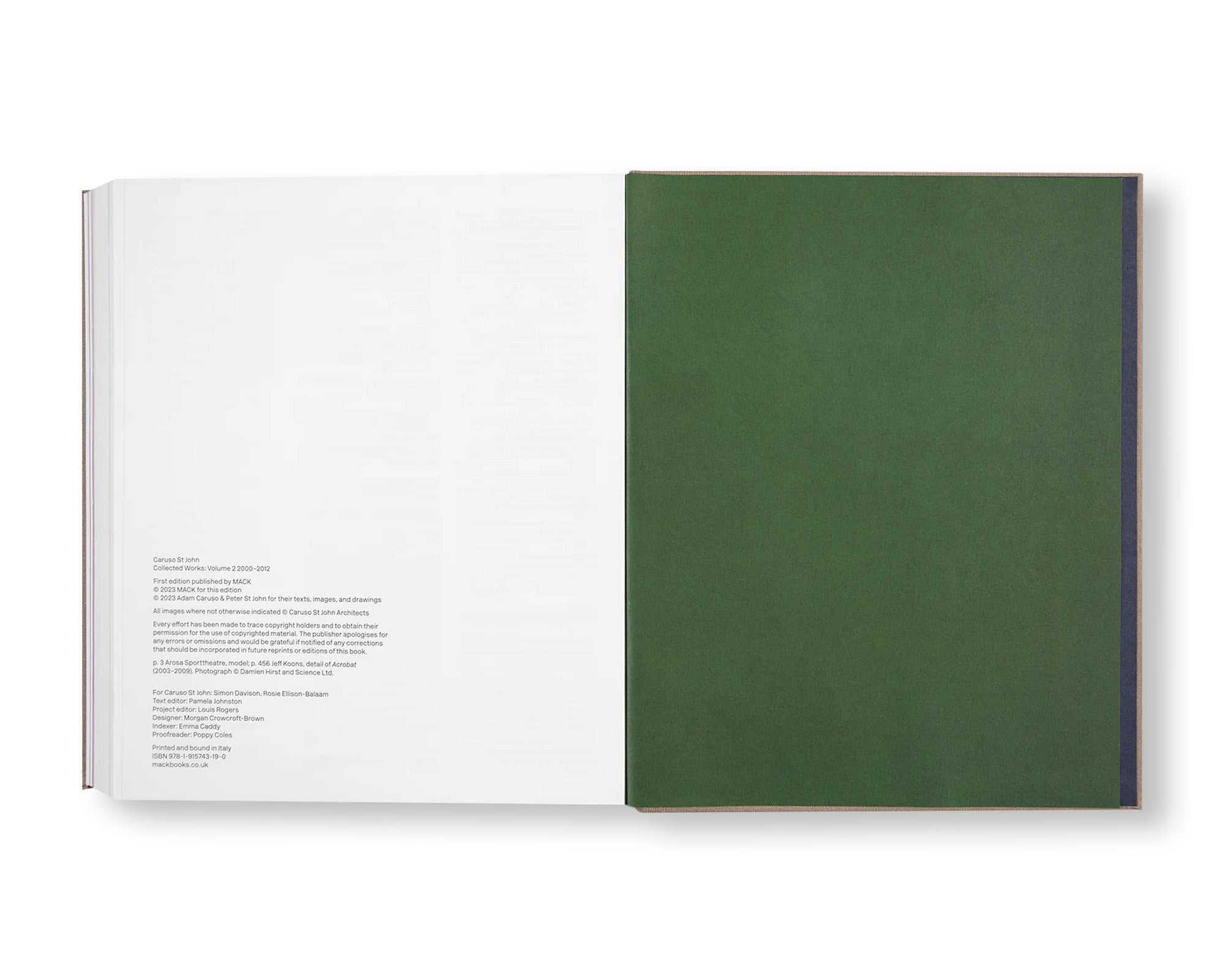
![THE TRIPLE FOLLY by Thomas Demand [BOX EDITION]](http://twelve-books.com/cdn/shop/files/00_5e779f72-e3e0-44ee-95f8-7be100036443_large.jpg?v=1686907446)
